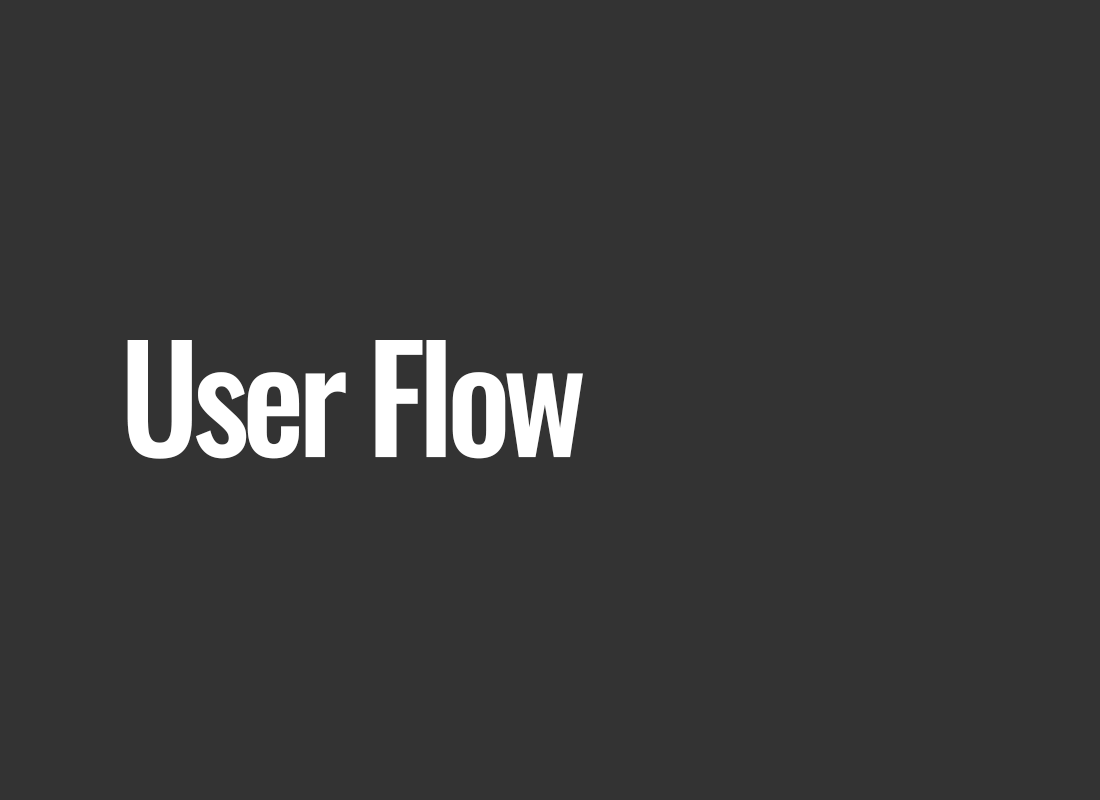User Flow
Terminology related to various fields can be surprisingly complex for people outside of that industry. However, understanding these concepts is crucial for effective functioning in a given field and effective communication with experts. One such key term, which appears integral to areas like user experience (UX), e-commerce, marketing, and IT, is "User Flow." In this article, we will undertake the task of explaining this term, its meaning, and the broad spectrum of applications it brings to business.
In the age of digital transformation, where interactions between people and technology are an integral part of everyday life, the effective design of user paths becomes not just a priority, but also a key to success. In areas such as web design, mobile application development, marketing strategy planning, and the development of effective e-commerce solutions, the concept of User Flow becomes the driving force in shaping positive interactions and achieving intended business goals.
User Flow - Ensuring Smooth Interactions
User Flow, also known as the user path, is a fundamental concept in UX design and website or application creation. In short, User Flow is the sequence of steps that a user takes when navigating through a website or application to achieve a specific goal. It's like the direction of a film, where the user is the main actor, and the website is the set and props, together creating an interactive story.
Effectiveness Across Various Industries
E-commerce
In the context of online stores, User Flow is of enormous importance. For example, if a user wants to make a purchase, a typical User Flow will include steps from entering the homepage, choosing a category, selecting a product, adding it to the cart, proceeding to checkout, and making a payment. By carefully designing the User Flow, one can minimize the number of steps and provide intuitive navigation, increasing the chances of completing a purchase.
Mobile Applications
User Flow is also crucial in mobile application design. An example could be a food ordering app. The user must go through steps from choosing a restaurant, adding products to the cart, placing an order, choosing a payment method, and confirming. If this process is too complicated or unintuitive, the user may abandon the app.
Marketing
In the marketing domain, User Flow can be used in advertising campaigns. An example is a promotional campaign on a website, where clicking on an ad directs the user to a special landing page. Here, the User Flow includes stages from entering the page, becoming familiar with the offer, getting convinced to make a purchase, and finalizing the transaction.
Shaping Positive Interactions and Increasing Conversions
In today's online environment, where competition is fierce and user attention is fragile, User Flow plays a crucial role in shaping positive interactions and achieving business goals. Designing User Flow is not just the technical connection of subsequent screens or web pages—it is the art of creating coherent, intuitive, and satisfying user experiences.
A well-designed User Flow translates into real effects across different industries. In e-commerce, optimizing User Flow can significantly impact the increase in conversions, i.e., the number of users who turn into paying customers. Shortening and streamlining purchase paths can minimize cart abandonment before payment and encourage more frequent returns to the store.
In mobile applications, User Flow is crucial for user retention. If using the app is easy and intuitive, and users achieve their goals without problems, this increases the chance that they will return to the app. Otherwise, difficulties in navigation can lead to defection and the search for alternative solutions.
In marketing, a effectively planned User Flow can significantly impact the effectiveness of advertising campaigns. By creating coherence between the ad that the user sees and the landing page they arrive at after clicking, you can increase the chances of persuading the user to take action, such as subscribing to a newsletter, making a purchase, or downloading materials.
In summary, User Flow is an integral part of business strategies in today's digital world. UX designers, e-commerce specialists, marketers, and app developers—all equally benefit from the concept of User Flow to create excellent experiences for users. Meticulously analyzing and optimizing user paths translates into increased business efficiency and building loyalty among customers.




